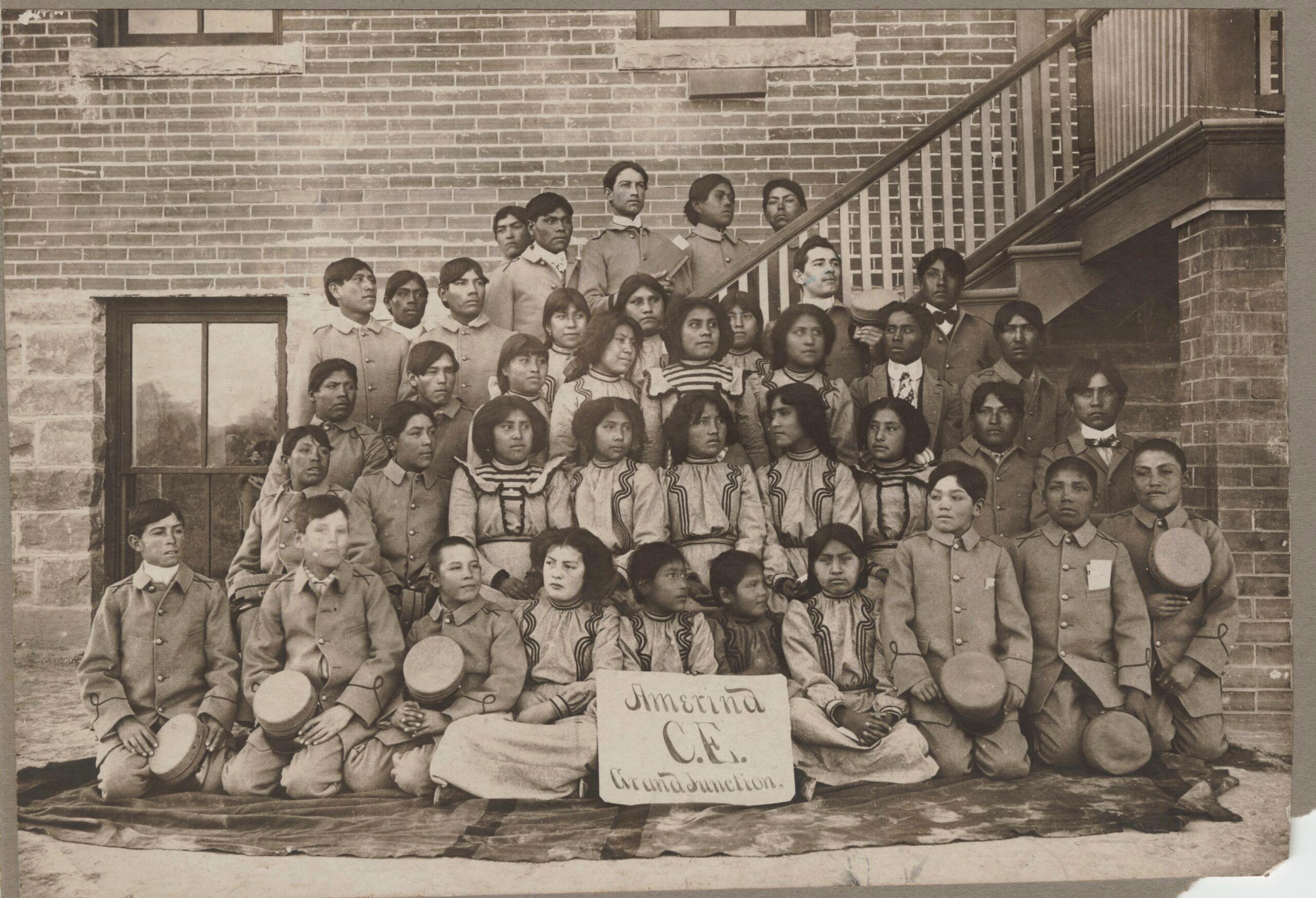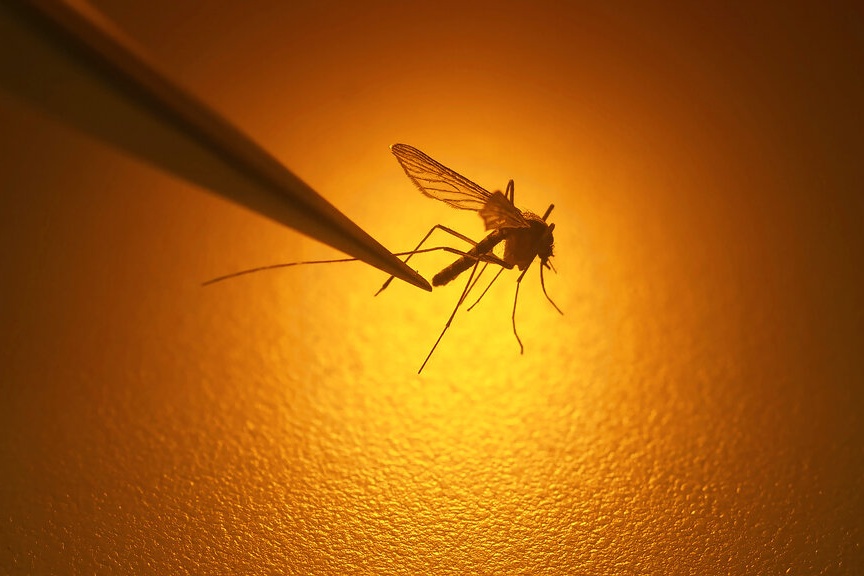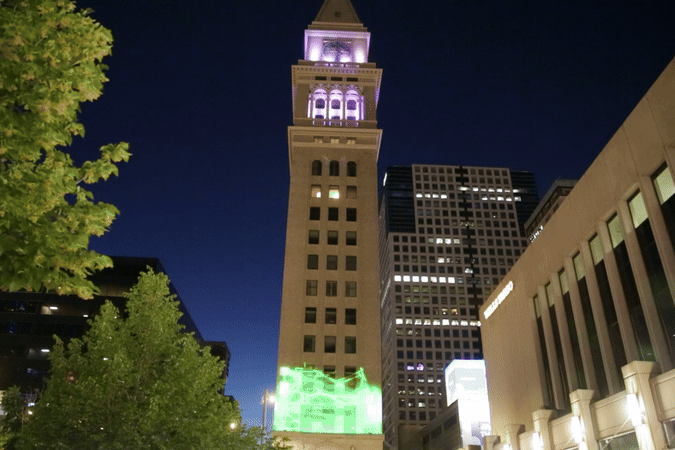
The Department of the Interior has released the first part of its review examining the legacy of the federal Indian Boarding School Initiative. The investigation was ordered by Sec. Deb Haaland last June.
Haaland, the first Indigenous person to lead the department, said in a statement that the consequences of the federal boarding school policies “are heartbreaking and undeniable.”
Colorado was home to five such schools. They included the institution that has become Fort Lewis College. In recent years, the school has taken steps to reckon with that history.
The states with the most number of schools were Oklahoma with 76, Arizona with 47 and New Mexico with 43.
The 106-page report lays the groundwork to address the consequences of this “troubled” legacy by looking at the history and gathering facts and data, according to the department. It highlights conditions Native American, Alaska Native and Native Hawaiian children endured at these schools from 1819 to 1969, from abuse and overcrowding to forced labor and forbidding the use of native languages and traditions.
Her voice breaking, an emotional Haaland shared Wednesday that her maternal grandparents “were stolen from their parents, culture and communities” and forced into the boarding schools system, themselves.
“This is not new…to many of us as Indigenous people. We have lived with the intergenerational trauma of federal Indian Boarding School policies for many years,” she said. “We must shed light on the unspoken traumas of the past. Today is a critical step forward in that work.”
The department is launching a new year-long initiative, called “The Road to Healing,” where survivors of the system will have the opportunity to share their stories and connect with “trauma-informed support.”
The investigation was led by Bryan Newland, Assistant Secretary for Indian Affairs at the department, who said the system has left “lasting scars.”
The report also identified marked and unmarked burial sites at approximately 53 different schools across the country. The department does not plan to make the exact location of those sites public for their protection, but added it expects the number to increase as it continues its investigation.
The report offers a number of recommendations, including that the federal government needs to continue its investigation by identifying Federal Indian Boarding School attendees and documenting their experiences, support protection and preservation of sites, advance native language revitalization, and promote Indigenous health research.









